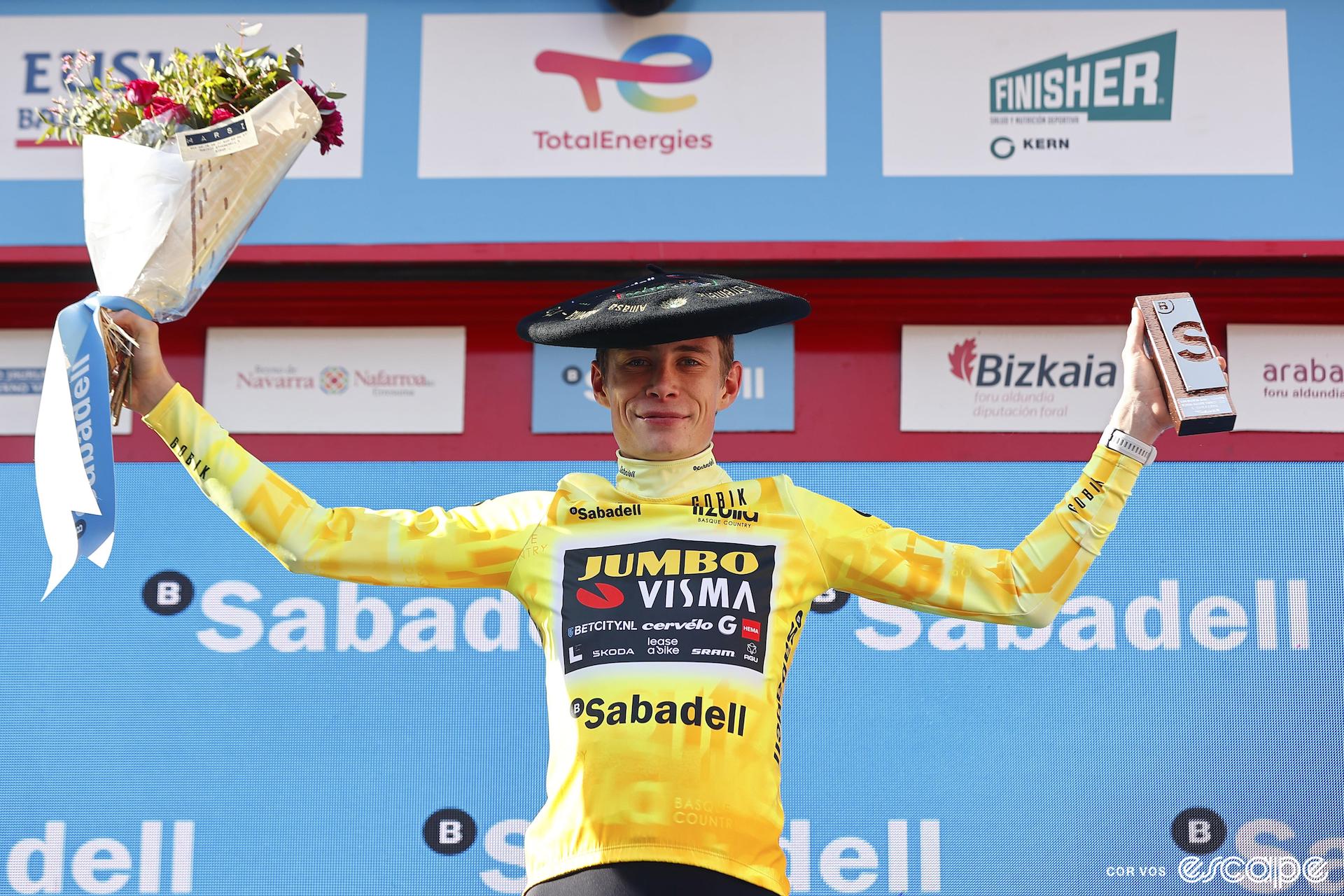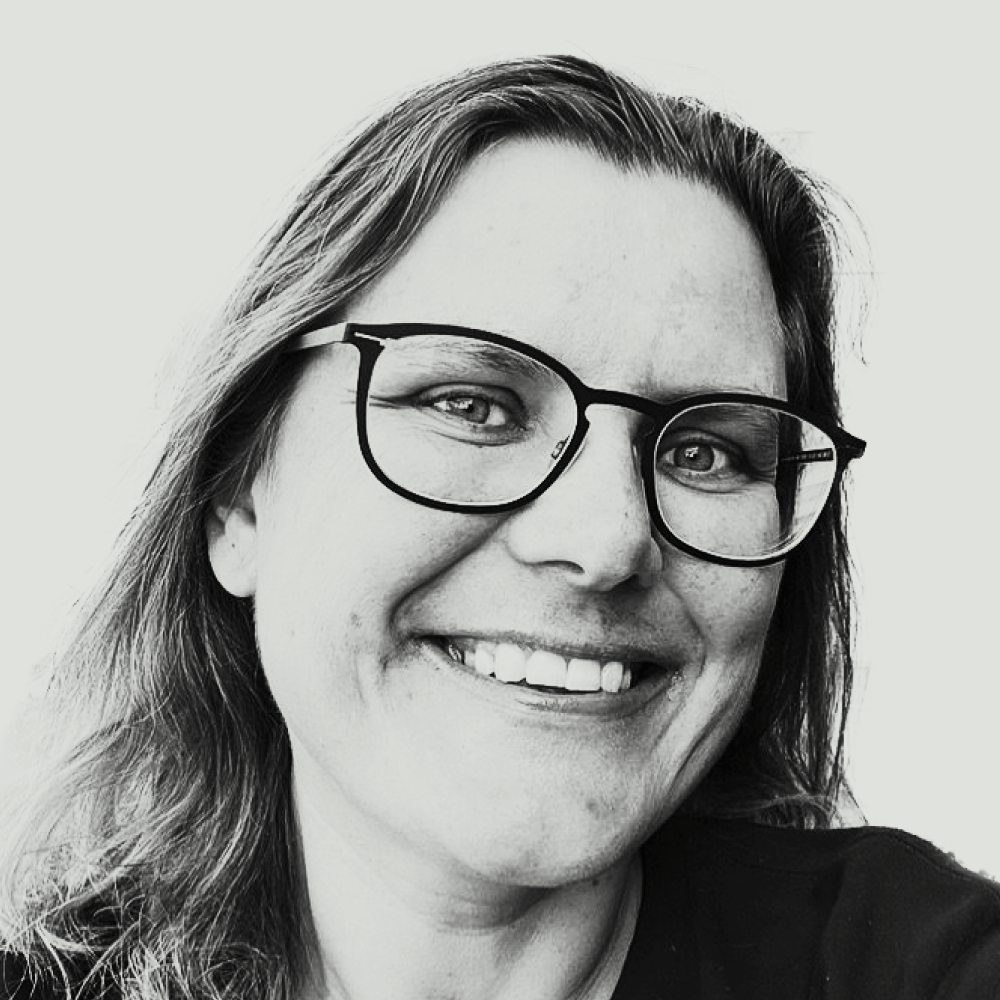For every stage of the 2023 Tour de France – men’s and women’s – José Been is bringing you stories about the history, castles, geology, culture, food, and people around the race. A bit of couleur locale while you enjoy lush fields of sunflowers, beautiful mountains, and pretty little villages, oh, and the bike race too.
I started with the history of the Basque language, but I should have started with the history of the Basque Country. It is rich and complex, dating back thousands of years, but I will be brief and far from complete because I don’t have thousands of words to play with.
I already told you that some linguists think the Basque language has roots in the languages spoken by cave dwellers in the Stone Age. We know that people lived here because of the paintings they left in caves. Like in Santimamiñe on the left bank of the river Urdaibai where we have an intermediate sprint on stage 2.
Santimamiñe’s cave paintings were discovered in 1916 when, out of curiosity, some boys ran into the caves. The paintings depict several animals such as horses, goats, and deer. They are closed to the general public but there are guided tours.
During the Roman age the Basque territories were part of Hispania Tarraconensis but they maintained a level of independence we see again and again throughout their history. After the Romans came the Visigoths and then the Moors – or the Arab peoples – but the Basques resisted and kept their own cultural identity. We are talking Middle Ages here.
When Isabella of Castille and Ferdinand of Aragon married in the 15th century, they unified the Spanish regions under their rule. The Spanish Crown recognized the Basque legal institutions and customs, leading to the establishment of the Basque Fueros, a set of regional laws.
In the early modern period, the Basque Country experienced relative autonomy within the Kingdom of Spain. However, during the Napoleonic Wars in the early 19th century, the Basque territories were occupied by French forces and the region’s autonomy was diminished.
In the 19th and 20th centuries, the Basque Country witnessed significant industrialization, especially in the Spanish part. The region became a center of mining, steel production, and shipbuilding, contributing to its economic growth.
The Basque Nationalist Movement emerged in the late 19th century, advocating for greater autonomy or independence for the Basque Country. The movement experienced periods of repression under the Franco dictatorship, which lasted from 1939 to 1975. As I told you yesterday, Franco aimed to suppress regional identities and languages, including Basque.
After Franco’s death, Spain transitioned to a democratic system, and the Basque Country, along with other regions like, for example, Catalunya, gained a significant degree of self-government. The Basque Statute of Autonomy was established in 1979, granting the region a broad range of powers, including control over education, culture, and taxation.
The government of the Basque Country is in Vitoria, or Gasteiz in Basque. It’s the city in which the second stage starts. The city is led by the president of the Autonomous Government of the Basque Country or Lehendakari. There are three provinces: Alava where Gasteiz is, Bizkaia where Bilbao is, and Gipuzkoa where our finish town of San Sebastian or Donostia is.
There is so much more to say about the history of this cycling-mad part of Spain and it’s so much bigger and more colorful than I just described. I would advise you to read one of the many interesting books and wonderful literature produced in the Basque language. I won’t ask you to read it in Basque but there are many books translated. Enjoy!
What did you think of this story?

